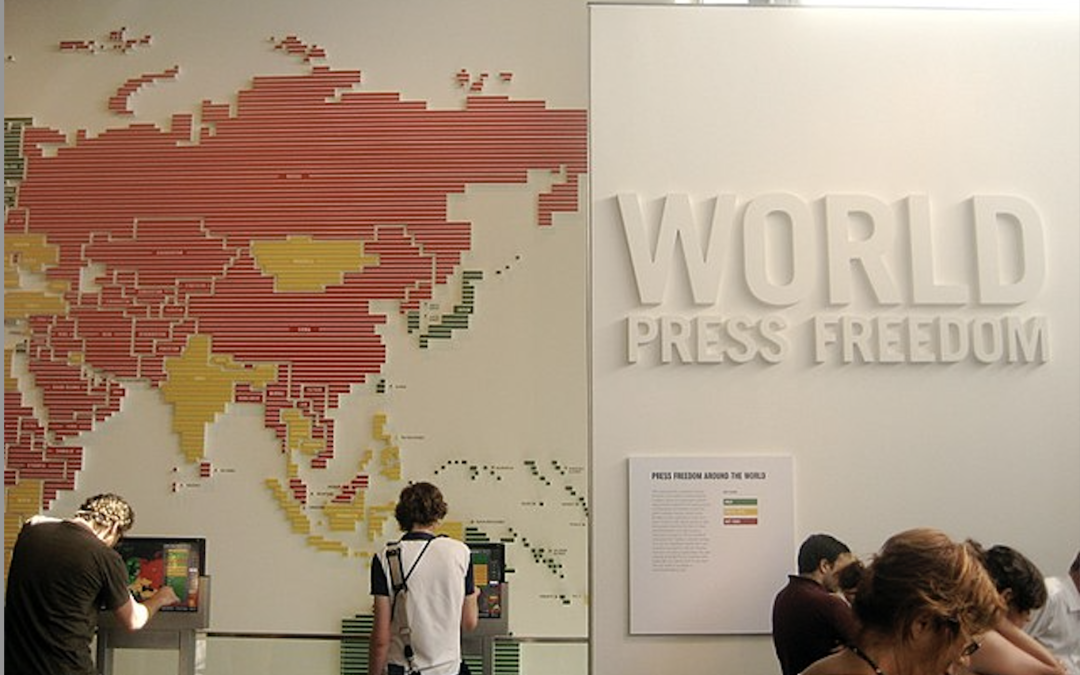The United States has long regarded itself, and been regarded by others, as a beacon of democracy. It can maintain this image and the reality that image represents in part because of its strong and deeply ingrained culture that cherishes “press freedom.” It is a country that, some 130 years ago, codified that freedom in its constitution. With that historical record, the United States could claim to be the champion of press freedom, lecturing others on how to respect and safeguard it. It does, however, have its own difficulties and concerns at home.
When it comes to press freedom, I always find my colleagues in the United States to be far more fortunate. There is no doubt that journalists in this country enjoy more freedom than most of us throughout the world. No wonder, during the fellowship, press freedom has been the number one topic in practically every meeting we have attended. I have myself felt it. Very strongly. Journalistic freedom is something American journalists will never compromise. Even an inch. Yet, even though I felt it very strongly, I also kept wondering: Why is that the U.S. ranks so low on press freedom indexes despite all of its principles and strong tradition? For example, the United States was ranked 42nd last year on the Reporters Without Borders’ Index of press freedom. Why not in the top 5, if not first?
I had this question in mind during our visit to the U.S. federal government-owned Voice of America (VOA), based in Washington, D.C. The organization describes itself as “committed to press freedom around the world.”
At VOA, Press Freedom Editor Jessica Jerreat shared several reasons for the low index rankings, none of which included pressure from the government, which journalists elsewhere face.
“The principles protecting media freedom in the U.S. are pretty robust and able to weather attempts to chip away at them,” Jerreat said. “The challenges press freedom currently faces in the United States are not peculiar to it, but also shared by other democracies.”
These include budget constraints, a decline in audience trust and a rise in hostility toward mainstream media, and safety issues for reporters on regular assignments, she added. Reports show a worrisome trend of journalists being harassed, intimidated and assaulted while doing their jobs.
Despite solid legal safeguards, however, the U.S. Press Freedom Tracker reports that the number of journalists temporarily detained or harmed while covering turmoil and protests is on the rise. The number of journalists arrested and criminally charged jumped from 13 in 2018 to 59 in 2021. In the same period the number of assaults on journalists jumped from 47 to 145.
Still, Jerreat remains optimistic about the freedom of the U.S. press.
“We see strong initiatives, including pro-bono legal help for local reporters trying to access records, an increased awareness of the impact of trauma on newsrooms, and solidarity campaigns or journalists working together to investigate bigger stories,” she said, adding the greatest strength of the U.S. press is that journalists know their rights and “are vocal if they see any effort to roll back those freedoms.”
Meeting Jerreat opened my eyes to an entirely different set of challenges American journalists face that need to be addressed immediately and effectively. This country deserves to do better on press freedom indexes, so it can live up to its long-hailed reputation.

